Oil drops on dollar strength and OPEC+ supply expectations
Oil prices fell as bond price rout led to gains in the U.S. dollar while crude supply is expected to rise in response to prices climbing above pre-pandemic levels
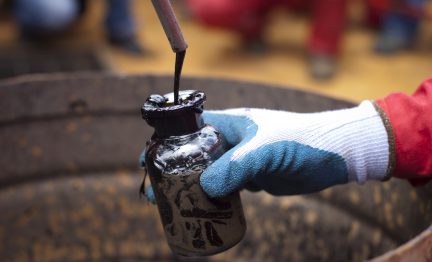
Oil prices fell as bond price rout led to gains in the U.S. dollar while crude supply is expected to rise in response to prices climbing above pre-pandemic levels
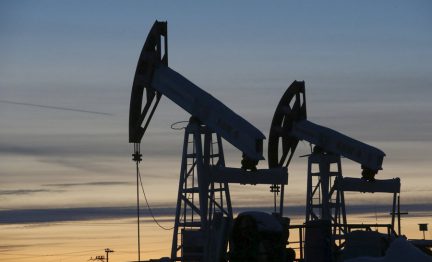
The bank increased its 2021 Brent crude oil price outlook by $7 to $62 per barrel and West Texas Intermediate (WTI) crude price estimate by $6 to $58 a barrel
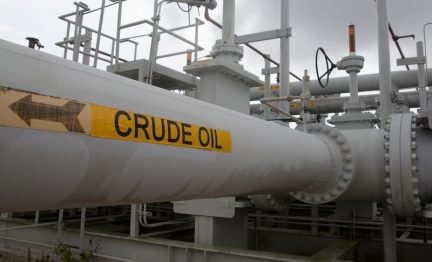
Oil prices fell from recent highs for a second day on Friday as Texas energy firms began to prepare for restarting oil and gas fields shuttered by freezing weather
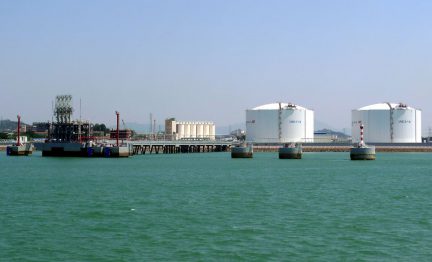
The International Energy Agency (IEA) warned the world oil market remains fragile, despite a recent recovery in prices, as tighter restrictions are imposed to curb more contagious coronavirus variants

Oil rose, extending its rally for a ninth day, its longest winning streak in two years, supported by producer supply cuts and hopes vaccine rollouts will drive a recovery in demand

The commodity climbed 1.26 percent to $60.19 a barrel — its highest since January last year — as asset markets rallied on the back of vaccine rollouts and slowing virus infections
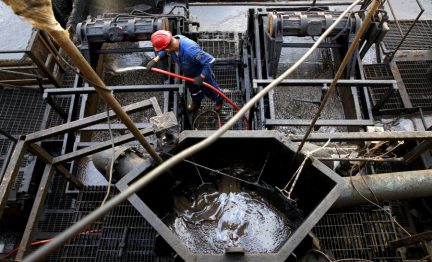
OPEC+ maintained its oil output policy as the price of crude hit its highest in almost a year, a sign that deep supply cuts are draining inventories despite an uncertain outlook for demand recovery

Brent crude oil prices fell as much as $1 per barrel, hit by renewed concerns about global fuel demand amid tough coronavirus lockdowns across the globe, as well as a stronger U.S. dollar
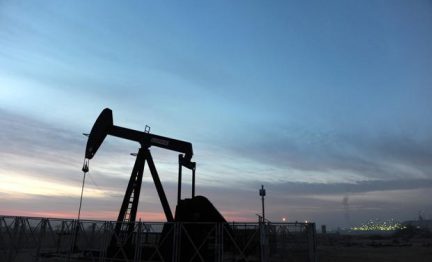
Brent crude climbed 44 cents, or 0.8%, to $54.82 a barrel by 1007 GMT, the highest since late February, and U.S. West Texas Intermediate (WTI) gained 36 cents, or 0.7%, to $51.19, also its highest level since late February

Oil prices rose, pushing Brent back above $50 a barrel, buoyed by hopes that a rollout of coronavirus vaccines will lift global fuel demand while a tanker explosion in Saudi Arabia jangled nerves in the market